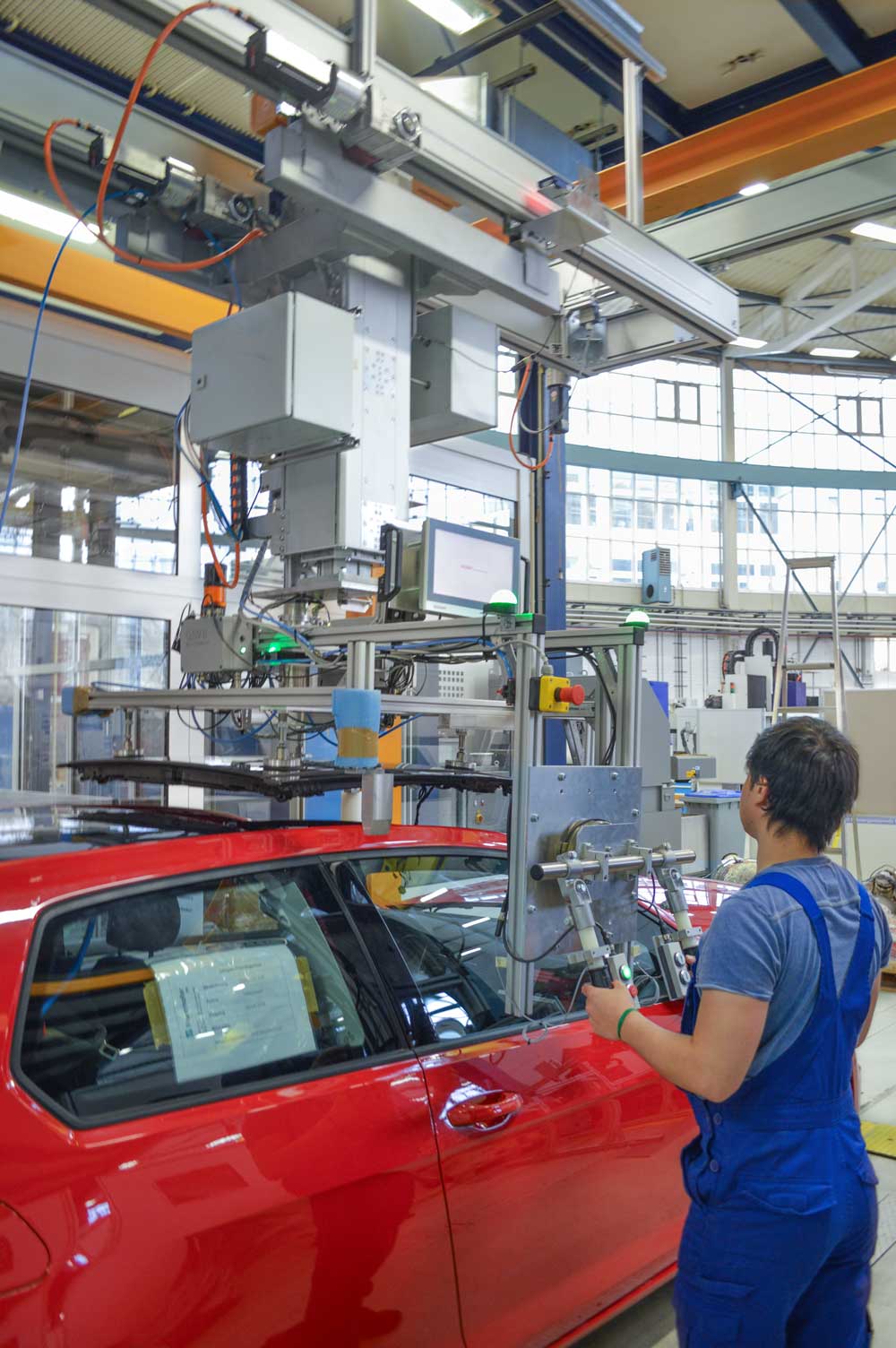Nevertheless, small and medium-sized industrial companies still find it difficult to effectively integrate collaborative robots, also known as cobots, into their production processes. Existing collaborative assembly stations are fairly rigid and the interaction between humans and robots is limited to a predefined area and a small number of tasks. Common reasons for this are a lack of expertise or experience in planning and implementing HRC applications, fear of a risky investment, but also possible challenges in terms of worker safety as well as the robustness and reliability of the robots. Flexible HRC applications that would be required for dynamic production environments are not yet common in industry.
Flexible collaboration
Flexibility in human-robot collaboration usually refers to how quickly cobots can be reprogrammed or used for new processes. This ignores an aspect that is crucial to the design of manufacturing systems: the number of tasks a cobot can complete in a given time. Flexible collaboration means that the interaction between humans and robots while executing manufacturing tasks can take place in different forms and under different time constraints. It requires the cobot to keep a constant eye on the human and react to changes or disturbances in its environment in real time. To achieve this, cobots are equipped with external sensors and special control functions such as image processing and force control. AI algorithms can also help to enhance these capabilities. The use of these advanced autonomous robot technologies is an important factor for successfully implementing flexible HRC applications.
 Fraunhofer Institute for Production Systems and Design Technology
Fraunhofer Institute for Production Systems and Design Technology

